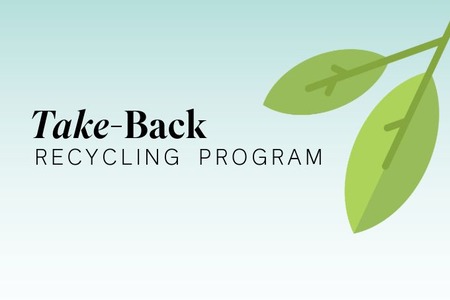Uzbekistan begins exhausting harvest for silkworm Cocoon
YarnsandFibers News Bureau 2016-05-26 16:00:00 – TashkentUzbekistan that holds third place in global silkworm cocoon production, behind China and India and perhaps most famous export has begun its harvest for silkworm cocoons in earnest and with the usual concern for rights violations that the ancient industry brings with it. According to official figures, in 2015 silkworm breeders gather vast amounts of cocoons every year — as much 26,000 tons.
The main official in charge of a raw silk gathering facility, Naim Sodikov, said that supply agreements have been signed with 290 farming enterprises. Silkworm breeders in the Jondor district of Bukhara region plan to harvest 419 tons of this valuable material.
But as the Uzbek-German Forum for Human Rights revealed in a recent report on the silk industry in Uzbekistan, the business relies on forced labor that often deprives farmers of deserved levels of income.
The central government establishes cocoon production policy, prices, and annual silk production targets, and requires regional- and district-level officials to ensure targets are met. Local officials use coercion, including threatening farmers that they will lose their land, to force farmers and public-sector institutions to fulfill annual silk quotas, the report stated. Farmers, in turn, oblige family members, including children, or pay local laborers to assist in the cultivation of silkworm cocoons to meet required production quotas and avoid penalties.
The effort of nurturing and then harvesting the cocoons, which lasts from the end of April through May, is centered around homesteads in rural communities.
The silkworms get through 60 bundles of mulberry leaves every day. The silkworm increases in weight 10,000 times over from when it is hatched through to spinning stage, so the amount of sustenance it requires is accordingly huge.
Unlike in other more technologically advanced silk-producing countries, the process in Uzbekistan is crude and consequently exhausting. Mulberry leaves are collected by hand instead of the machines used in places like South Korea and Japan.
Unprocessed silk is a valuable source of hard currency, so an estimated 70 percent of the crop is said to be exported. But the Uzbek-German Forum for Human Rights has questioned the transparency of the industry.
The silk production system is structured such that farmers and public organizations take on the majority of the costs and burden of production and receive little, if anything, in return.
Uzbekistan exports the majority of silk produced, providing the government with a key source of hard currency, but profits are not returned to producers. The balance is processed by the local textile industry.
In 2012, Associations of silkworm breeders and silk manufacturers were created to promote the sector. Silkworm cultivation has been the object of much attention from the government to boost the fortunes of the ancient industry.
Market Intelligence
Ask for free sample Report

experience
Customer Base
dedicated team
Countries Served Worldwide









